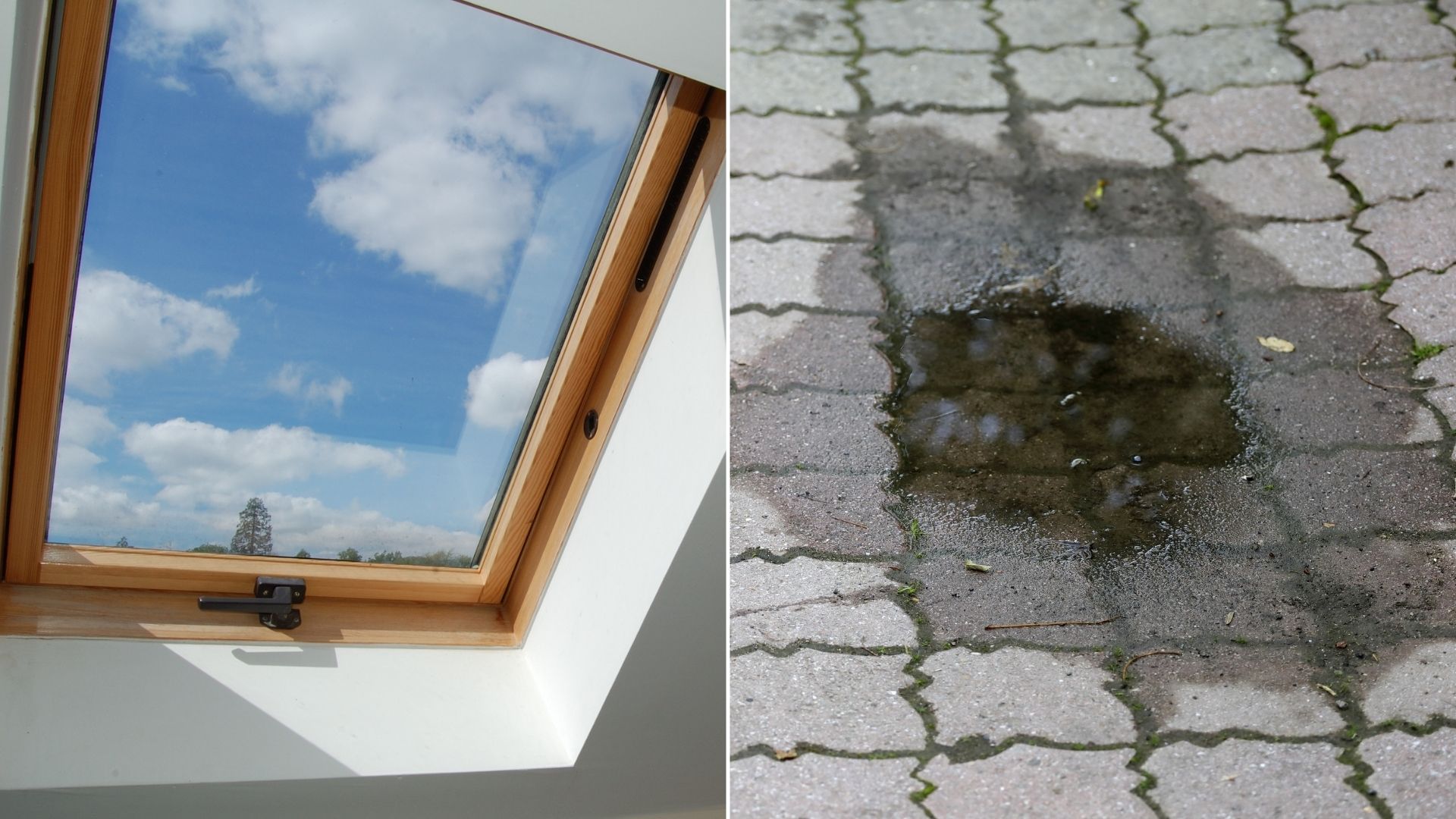[ad_1]
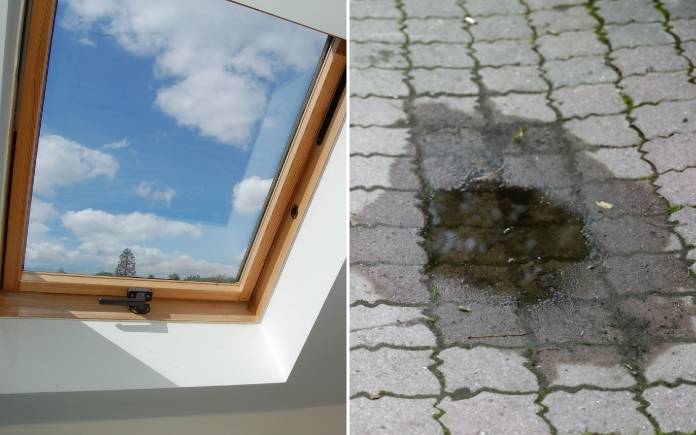
Hour 1
In Hour 1, hear how to prevent wasps from swarming around fruit trees, tips for cooling off a hot attic and more.
Controlling Wasps Around Fruit Trees

Wasps are swarming around the apple and pear trees in Valerie’s front yard.
“Each fallen fruit attracts about five or more wasps, such that I can’t (well, I don’t WANT to) touch the fruit to move it away to cut my grass,” she says.
Valerie wants to know: “What time of day should I pick up the fruit?”
Wasps, as well as bees, are attracted to the sugar in rotten fruit.
Don’t spray any poison around the trees because it won’t just kill the wasps —it will also kill honey bees, precious pollinators that are dying at an alarming rate.
Unfortunately, there’s not much you can do, other than:
- Pick the fruit as soon as it’s ripe.
- Don’t let it fall to the ground. We know it’s impossible to prevent every fruit from landing in the dirt but check on the trees frequently.
- Rake up the fruit on the ground with a long-handled rake to avoid any stings.
Bees and wasps aren’t as active at night or very early in the morning, so pick up the fallen fruit then.
For more tips, read How to Deal with Wasps in Your Lawn.
Cooling Off a Renovated Attic
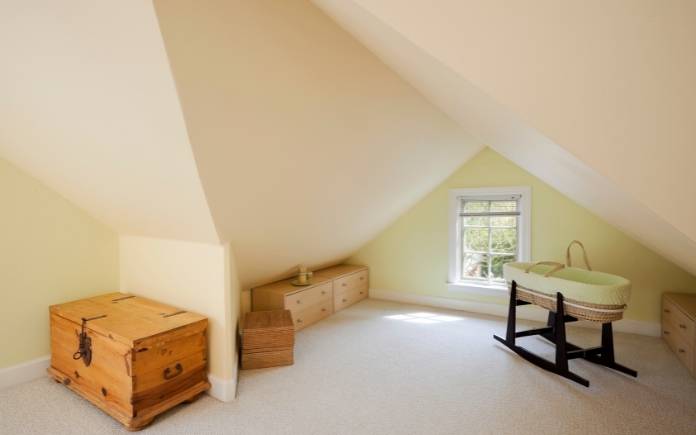
Leslie Trippe’s 1953 home in Huntsville, Ala., has a finished attic space with two bedrooms and a bathroom.
The ceilings are only seven feet tall and angled in the bedrooms, plus there’s no extra space in between the drywall and the roof.
“When the wall or ceiling is touched the heat can be felt coming through the drywall. We currently use portable air conditioners to keep the space cooler. Is there a way to cool off this space?” she asks.
This is a very common problem in attics that have been converted into living spaces. When people are slowly renovating their home, they forget to take into consideration how hot the attic can get.
Most of the time, it’s almost impossible to add insulation without doing some demolition. Any added insulation in the space between the drywall and the roof will help.
See if any contractors in your area do blow-in cellulose insulation. It’s a mix of wood or paper-based products and glue that’s pumped into the cavities behind walls and ceilings. The contractor would need to cut a small area of drywall to pump it into the small space, but this can easily be repaired.
Besides adding insulation, call an HVAC professional and see if they can set up some zoning for your air conditioning system. This allows you to pump more air conditioning into certain areas.
You can also invest in a ductless air conditioner. This has its own separate system that attaches to the wall.
Hour 2
In Hour 2, hear our thoughts on the best spot for a skylight, keeping water from pooling on a patio, and more.
The Best Spot for a Skylight
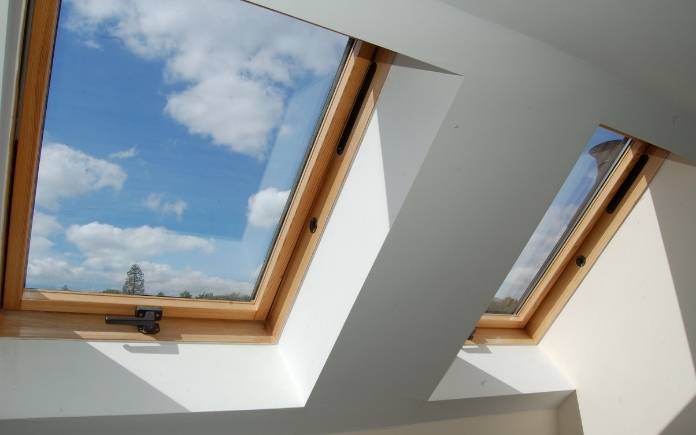
A hotline caller wants to use skylights for ventilation more so than sunlight.
He wants to know: What direction should the skylights face: north, south, east or west?
There’s a lot to consider when placing skylights. Start by asking where do you want the light on the inside.
Then run a plumb line up along the ceiling in the attic and see if you run into any valleys or if the light tunnel will be exceptionally long.
In terms of directional exposure, I don’t think that’s a big deal to worry about if you have a quality skylight with shade capabilities. Just make sure it looks good from the inside and doesn’t affect your home’s structure.
In often cases, people don’t put it on the front of the house for aesthetic purposes. They’re often placed on the north-facing roof plane because it provides the most indirect light, so you won’t get a lot of glare or heat build-up.
If you live in a northern climate, you might want to place them on the south-facing side for some extra heating.
Buy a glass skylight, not an acrylic one. Those can lead to water damage and intense heat if they don’t have the proper curving or seamless flashing.
Stopping Pooling Water on a Patio
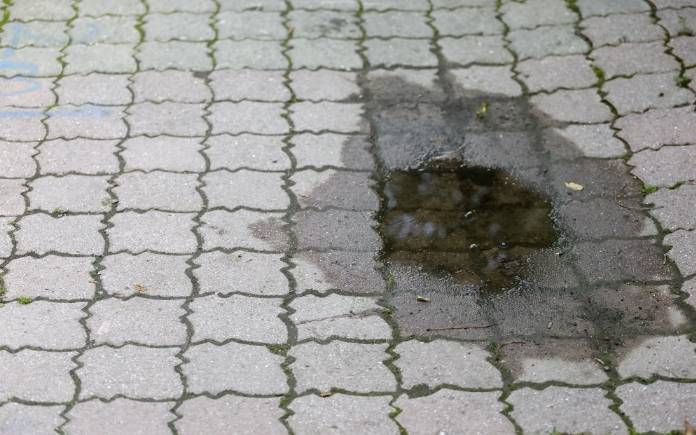
Fifteen years ago, Jane Pierce’s husband used a concrete leveler to correct a low spot on her patio that was collecting water.
“It’s held up very well until now. It is cracking and chipping off. How can I fix this?” she asks.
Here’s how to fix this:
- Chip away as much from the surface as you possibly can. You don’t have to be too aggressive with it — just get all of the material that’s separated from the original patio.
- Next, get some Quikrete ReCap Concrete Resurfacer. Use Quikrete’s Concrete Calculator to determine how many bags you’ll need.
- Then, mix it according to the directions on the package and pour it onto your patio.
- Use a large rubber squeegee (about a foot to 16 inches wide) to spread the mix. Cover the entire patio to ensure it’s level.
- Before it dries, drag a broom across it to add some texture for a slip-resistant surface
- Now, you have a patio that looks brand new!
Watch: How to Give New Life to an Old Patio
If you don’t want to resurface the whole patio, apply a thin layer of Quikrete Bonding Adhesive in the low spot, then level it with Quikrete Concrete Patching Compound.
Fixing a Stuck Deadbolt
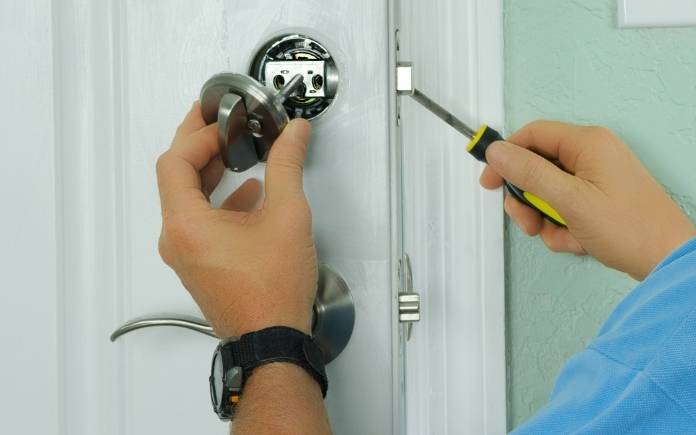
How do you fix a deadbolt that’s stuck in the locked position? That’s what Marlene Lauer in Neenah, Wisconsin, wants to know.
She says, “We removed the doorknob, but couldn’t move any of the parts to slide the bolt. We tried to take the door off and that did not work. My son wants to saw through the bolt. Is that our only option?”
Usually, a small piece inside the doorknob has broken and is lodged inside, keeping it locked.
Use a hammer to tap a screwdriver or nail punch to the right and left inside the keyhole to loosen the jammed part. Then, try tapping the screwdriver a bit with a hammer to loosen what’s stuck inside.
If this doesn’t fix it, call a locksmith.
Best New Products
 |
Lutron’s Dimmer Switch Starter Kit gives your home lighting a smart upgrade, without competing for a signal with other devices. Learn more >> |
Simple Solutions
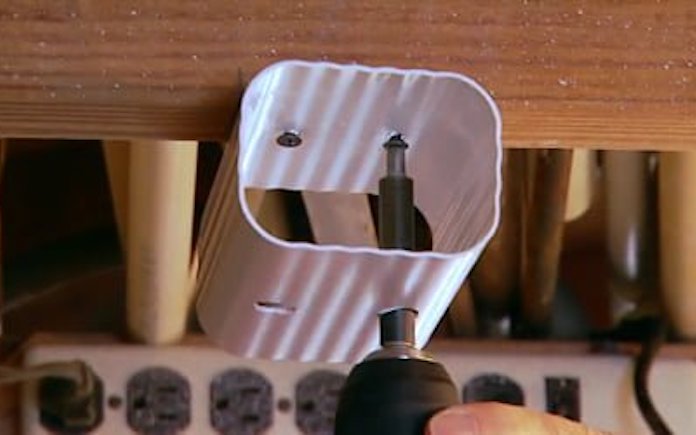
Easy Overhead Storage — Here’s how to make an overhead rack in your garage workshop, or shed for storing small-diameter pipe, narrow moldings, and even fishing rods.
- Cut two 5-in.-long pieces from a length of vinyl downspout.
- Then screw the downspout pieces to an overhead ceiling joist, spacing them about 4 feet apart.
- Now, simply slide moldings and pipes into the short downspout sections. The parts will be up and out of the way, but easily accessible when you need them.
Watch: How to Make an Overhead Storage Rack from Downspouts
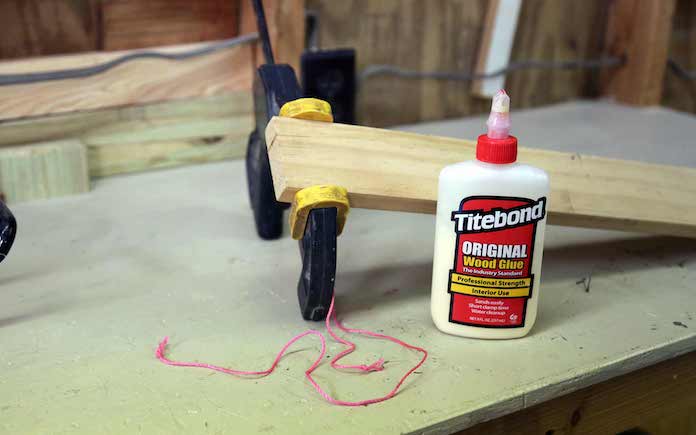
Gluing Tight Cracks — When fixing a split chair rail, cracked baluster, or similar object, it’s difficult to apply glue because the crack is so tight. Try this:
- Wedge open the crack with a small flat-blade screwdriver.
- Then, squeeze in some glue and use a length of dental floss to work the glue deep into the crack.
- Pull out the screwdriver, wipe away the excess glue and clamp the repair.
Watch: How to Fix Split Furniture with Wood Glue
Products and Links Mentioned
Further Reading
[ad_2]
Source link

